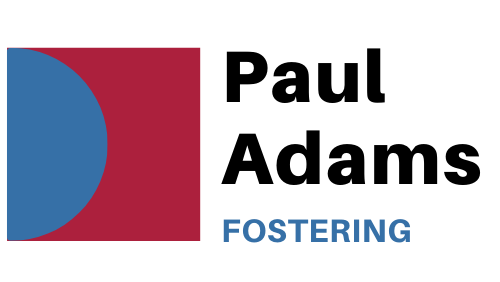Fostering panels and questions from care experienced children and young people
As an independent consultant it is important that I regularly read Ofsted reports on fostering services, and in one such report I recently came across the conclusion that ‘the voices of children are not being fully included to assist in the development of the agency’ (50217924). In way of evidence for that finding, the report noted that ‘opportunities to include children’s views in panel questions… have been missed.’
The idea of panel asking set and pre-determined standard questions that have been developed by children and young people in their care, is a practice that I have come across in a few settings recently. It is encouraged in the 2019 edition of the Effective Fostering Panels book, but is a practice that concerns me for a number of reasons.
The main problem is that if the questions from care experienced children and young people are important and relevant, then they should be asked as part of the assessment, in a context where they can be explored and considered, and where the responses can impact on the recommendation regarding suitability to foster. If, by the time of panel, there are general questions that need to be asked and have not been asked, that suggests a failure on the part of the assessing social worker, and the associated quality assurance processes in that fostering service.
Alternatively, if the assessment is of a high standard and has covered all the relevant areas, then asking questions from care experienced children and young people will not be necessary, and is tokenistic. I am often asked to train panels on ‘question setting’, and it is generally accepted that asking questions ‘for the sake of asking questions’, or where they are not relevant in helping panel reach their recommendations, is a bad thing. That is true whichever way those questions are generated.
Fostering panels are part of an important legal process, and they need to function with a level of seriousness that reflects the impact their recommendations can have on people’s lives. Practice should be focussed, meaningful, competent, and efficient. Many panels struggle with ‘keeping to time’ and having a requirement to ask unnecessary and meaningless questions does not help with that. Neither is it respectful to prospective foster carers to waste their time by asking them questions that serve no useful purpose.
Support for this practice is presumably premised on the idea that someone with lived experience of being fostered, is best placed to understand what makes a good foster carer. However, that assumption has no evidential base. It is important to recognise that a child in foster carer is the expert in their own experience, which is really important, but that does not make them an expert on the assessment and recruitment of carers more generally.
In the context of this blog, it is worth emphasising the importance of routinely and effectively engaging with, and listening to, children and young people about their own individual care experiences. Sadly, that does not always happen. I recently observed a panel asking pre-agreed questions developed by children in their care council, while at the same time failing to challenge the fact that the views of the foster children living in that particular foster home, had not been sought.
There is also the issue of ensuring that questions are constructed carefully, and in a way that will elicit useful information. I was recently asked to look at some of the panel questions developed by a group of care experienced children and young people. I found that some were potentially helpful (and would have been asked in some form within any good assessment). Other questions were less useful in that they were not going to elicit any meaningful information. For example, ‘would you encourage a child with their hobbies’ is likely to result in a predictable response. Most concerningly, some questions included inappropriate terminology, and reflected discriminatory and oppressive attitudes. There is no criticism implied in the observation that children - by definition - are at a particular developmental stage (associated with age and education), and are not experts in fair and effective recruitment and assessment practices.
There might be merit in the counter-argument that in this case the problem was that the care experienced young people had not been properly trained and supported with the task they had been given. That might be so, but I would argue that there is little to be gained from spending time and effort on this, because there is a fundamental problem with the whole idea of pre-set panel questions, whoever formulates them. As noted above, any ‘standard’ or ‘set’ questions are best asked as part of the assessment itself, and not as part of the panel process. An effective panel will want to consider the specifics of the case being presented to them, and to tailor their questions accordingly. These questions will be individualised according to the issues that emerge within the assessment, and I would suggest that any panel that needs to rely on asking questions formulated independent of that assessment, is simply not fit for purpose.
So, why do fostering services encourage this practice? Conversations that I have had with practitioners suggest that some of them at least, broadly share my concerns. One panel chair told me that they are required by their agency to ask from such a list of questions, but for the most part attempt to ‘deliberately forget’. Another Registered Manager had no difficulty in accepting that the practice was tokenistic and pointless, but nevertheless wanted to continue with it ‘because Ofsted like it'.
It seems to me that there are plenty of better ways to involve care experienced children and adults in the work of panel, and the fostering service generally, but that is for another time.

